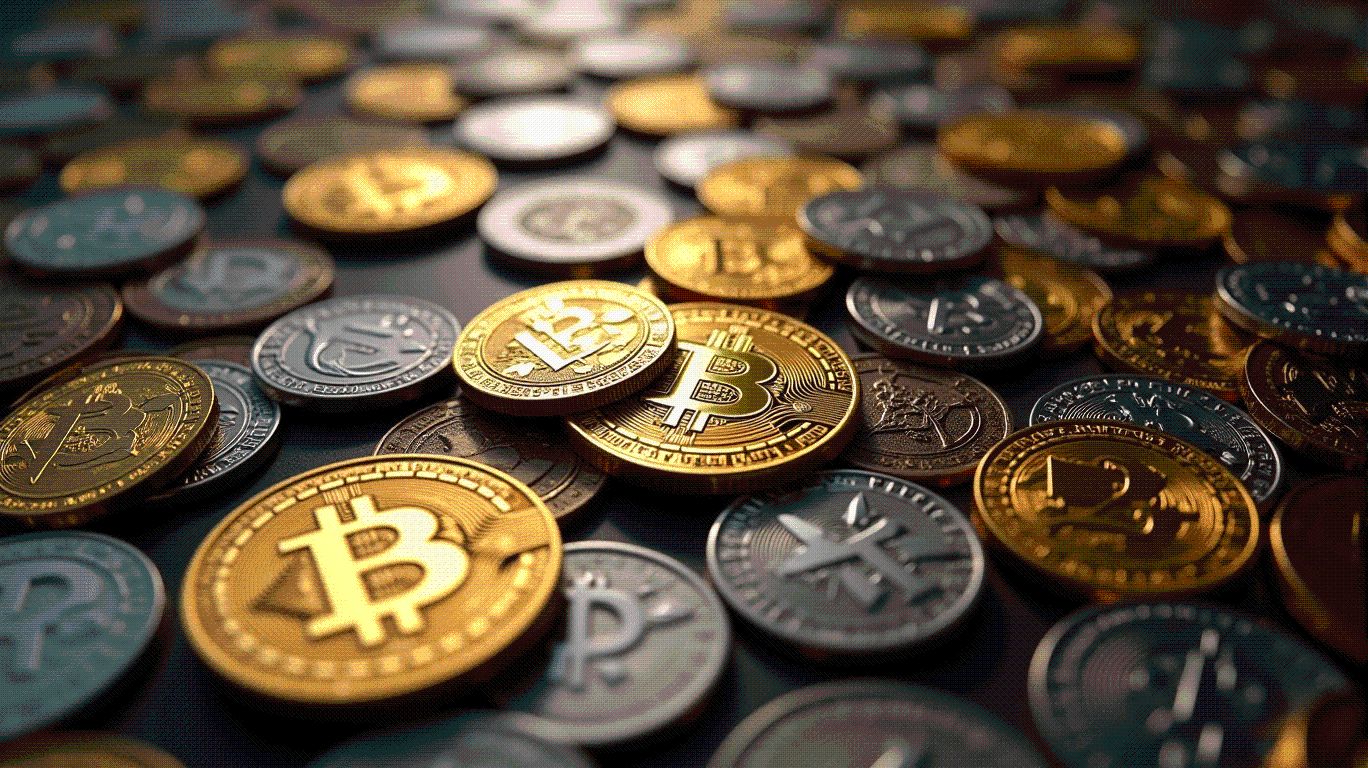Vanadi Allocates $1.1 Billion for Bitcoin Reserves
 2025/06/30 07:16
2025/06/30 07:16- Vanadi approves $1.1 billion Bitcoin purchase for reserves.
- Salvador Martí leads Bitcoin-first corporate strategy.
- Shares plunge amid strategic financial pivot challenges.
Vanadi Coffee SA, under Chairman Salvador Martí, has approved a $1.1 billion purchase of Bitcoin for its reserves, drawing parallels to MicroStrategy’s strategy. This move comes amid financial struggles, with shares plummeting significantly in response.
The acquisition signifies a pivotal shift in Vanadi’s financial approach, potentially reshaping its treasury strategy amid market skepticism. Investors are cautious, reacting to possible risks involved in the company’s reliance on Bitcoin to alleviate financial strain.
Vanadi Coffee’s decision to allocate $1.1 billion for Bitcoin marks a significant shift in strategy, steered by Chairman Salvador Martí. The firm aims to mirror MicroStrategy’s Bitcoin-first approach, aspiring to stabilize its financial footing amid ongoing challenges.
“We are proposing a Bitcoin-first strategy to secure our financial future and optimize our treasury holdings.” — Salvador Martí, Chairman/President, Vanadi Coffee SA
Salvador Martí, the company’s Chairman, led the initiative after securing board authorization . The strategy includes raising funds through new stock issuance and convertible bonds, exclusively targeting Bitcoin acquisition. The approach aims to modernize corporate treasury management.
Vanadi’s shares have plummeted over 90% since announcing this strategy, indicating market unease. Investors show skepticism toward the predominantly Bitcoin-focused strategy, reflecting potential challenges in balancing financial risks and opportunities.
The political and business implications are noteworthy, with Vanadi adopting a strategy that historically caused volatility in companies like MicroStrategy. This move could influence other corporations in Europe to re-evaluate their financial asset allocations.
Future outcomes of this strategy may depend on Bitcoin’s stability in coming years, potentially affecting financial and business regulations within the European Union. Analysts will closely monitor Vanadi’s progress as a case study for corporate Bitcoin adoption strategies.
Disclaimer: The content of this article solely reflects the author's opinion and does not represent the platform in any capacity. This article is not intended to serve as a reference for making investment decisions.
You may also like
YGG +193.75% 24H Due to Volatile Market Dynamics
- YGG surged 193.75% in 24 hours to $0.1572 on Aug 28, 2025, amid volatile market dynamics. - This followed a 561.34% 7-day drop, highlighting extreme short-term investor sentiment shifts. - A 660.13% monthly gain contrasts with a 6672.11% annual decline, underscoring unstable market conditions. - The rebound lacks clear fundamentals, raising doubts about sustainability amid broader bearish trends.

Bitcoin's Weakening Momentum and the Looming Correction: A Cautionary Tale for Crypto Investors
- Bitcoin faces triple threats: deteriorating technical indicators, Fed liquidity withdrawal, and bearish options positioning trigger correction risks. - MACD divergence and RSI weakness signal momentum exhaustion, while $14.6B in BTC puts highlight market capitulation fears. - Gamma pressure intensifies near $111K, with 20% drop in perpetual futures open interest and ETF outflows from BlackRock/Fidelity. - Strategic hedging (puts/futures) and position reduction urged as liquidity shocks expose crypto mark

Ethereum's Structural Outperformance Over Bitcoin in the Institutional ETF Era
- Ethereum dominates institutional ETFs in 2025 due to regulatory clarity, yield innovation, and infrastructure utility. - The GENIUS and CLARITY Acts reclassified Ethereum as a utility token, enabling SEC-compliant staking yields (3-5%) absent in Bitcoin's PoW model. - Ethereum ETFs attracted $9.4B in Q2 2025 vs. $552M for Bitcoin ETFs, driven by capital efficiency and deflationary supply dynamics. - Over 19 public companies now stake Ethereum for compounding returns, cementing its role as infrastructure

Stablecoins as the New Backbone of Global Payments: The USDC Cross-Border Revolution
- Circle and Finastra integrate USDC stablecoin into GPP platform, merging blockchain speed with traditional banking systems for cross-border payments. - The hybrid model reduces settlement times by 90% and costs by 40%, bypassing correspondent banking delays while maintaining SWIFT/ISO 20022 compatibility. - USDC's $65B circulation and regulatory backing (GENIUS Act, MiCA) drive institutional adoption, with Circle's IPO valuation surging 450% amid stablecoin market growth projections. - Risks include regu
